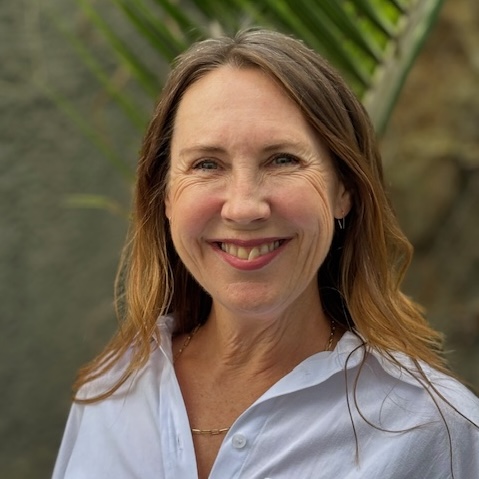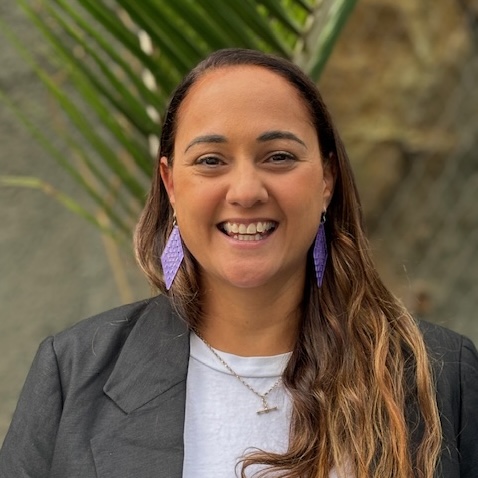CO-CHAIRS
The aim of the Youth Self-Harm and Suicide Prevention Special Interest Group is to accelerate and strengthen the evidence base for suicide and self-harm prevention in children, adolescents and young adults by enhancing our understanding of the pathways to self-harm/suicide, and how to target these pathways to ensure primary prevention, early intervention, treatment, and postvention in this field is effective.
OBJECTIVES:
- To provide a platform for international collaboration and knowledge exchange between IASP members who work in the field of self-harm and suicide prevention in children, adolescents, and young adults.
- To support dissemination of self-harm and suicide research findings across academic, policy, and service sectors to influence decision-making and government agendas.
- To encourage early career researchers (ECRs) into this research field, both within IASP and beyond.
- To promote and model multi-disciplinarity in youth self-harm and suicide research, including by cooperating with other IASP Special Interest Groups.
- To improve the evidence base in this area by promoting and modelling best practice and emerging research methods, including how to enhance lived experience involvement in research.
KEY RESEARCH PAPERS:
- Prevention of self-harm and suicide in young people up to the age of 25 in education settings.
Sharma V, Marshell D, Fortune S, Prescott AE, Boggiss A, MacLeod E, Mitchelle C, Clarke A, Robinson J, Witt G, Hawton K, Hetrick SE
Cochrane Database Syst Rev. 2024; Issue 12, Art No CD013844. DOI: 10.1002/14651858.CD013844.pub2 - Maximising the management of self-harm in schools: A collaborative, implementation science approach by secondary schools and child and adolescent mental health services.
Bowden L, Hetrick SE, Cargo T, Woodfield M, Meinhardt I, Cark TC, Fortune S.
Mental Health & Prevention. 2025; 37: 200391. https://doi.org/10.1016/j.mhp.2025.20039 - Adapting a co-design process with young people to prioritise outcomes for a systematic review of interventions to prevent self-harm and suicide.
Knowles S, Sharma V, Fortune S, Wadman R, Churchill R, Hetrick SE.
Health Expect. 2022; 25(4):1393-1404. doi: 10.1111/hex.13479. - Interventions for self-harm in children and adolescents.
Witt KG, Hetrick SE, Rajaram G, Hazell P, Taylor Salisbury TL, Townsend E, Hawton K.
Cochrane Database Syst Rev. 2021. Issue 3. Art. No.: CD013667. doi:10.1002/14651858.cd013667.pub2 - The Lancet Commission on self-harm.
Moran, P., Chandler, A., Dudgeon, P., Kirtley, O. J. Knipe, D Pirkis, J., et al.
The Lancet 2024; 404 (10461): 1445-1492. https://doi.org/10.1016/S0140-6736(24)01121-8 - The effect of a therapeutic smartphone application on suicidal ideation in young adults: findings from a randomized controlled trial in Australia.
Torok, M, Han, J., McGillivray, L., Wong, Q., et a.,
PLoS Medicine, 2022; 19(5): e1003978 - Risks Associated with Recent Self-Harm in Preadolescent and Adolescent Youth: Parent-Report.
L McGillivray, L., QJJ Wong, QJJ., DZQ Gan, DZG., Rheinberger, D., et al.
Archives of Suicide Research, 2025; https://doi.org/10.1080/13811118.2025.2495970
If you would like to join this SIG, please fill in the contact form below:







